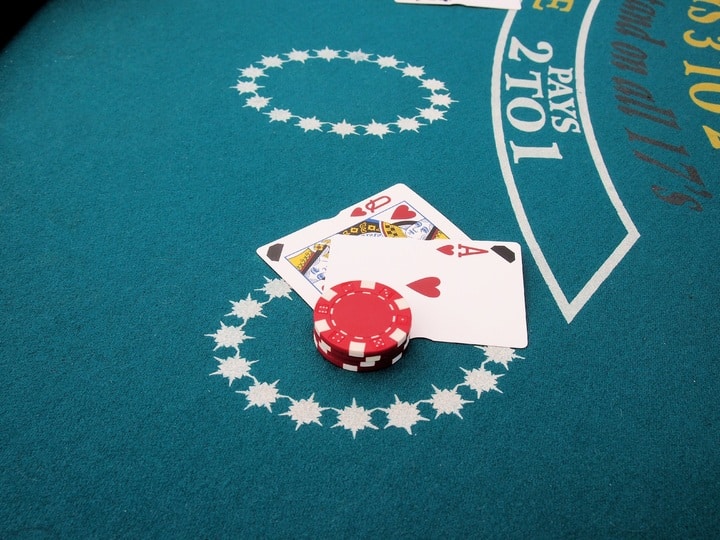
The basic idea behind playing blackjack isn’t getting “21”. The goal involves beating the dealer.
If the dealer loses and the player wins, then the player collects on his/her bet. Getting “blackjack” is preferred, since a face card and an ace pay 3-2 instead of 1-1, like other wagers. That said, players can beat the dealer without blackjack or numerical combinations leading to 21. The dealer could go over and “bust” or the player may win with a higher hand, as 18 beats 17.
While overall simple in terms of rules, blackjack has its complexities. Learning how to play blackjack involves understanding the odds of certain hands and understanding when it is beneficial to take advantage of rules, allowing them to increase a bet. Here are a few things to consider when playing.
Letting the dealer hit
When the dealer shows a two or a six, many players won’t hit unless they have less than 10. The idea here is to let the dealer keep taking cards, as the dealer can’t stop taking card until reaching 17. A dealer showing a six could have sixteen. Drawing a six or higher means the dealer busts. An ace to five become necessary to keep from busting. And the player can still win if the dealer ends up with 17 and the player has 18.
A player who hits with sixteen and busts might take a card away that could bust the dealer. That’s why players usually stand unless they have, say, nine or lower.
Doubling Down to Double a Win
Doubling down refers to the opportunity to double a bet with a trade-off: the player can only take one card. A player can double down at any time with any hand, but some situations make more sense than others. Doubling down with a two and a three would make no sense. The best-case scenario involves receiving an Ace, leading to a total of 16. The only way to win the hand involves the dealing busting.
Doubling down usually occurs when the player has 10 or 11. The hope here is the next card will be a 10, giving the player 20 or 21. No matter what card the player is dealt, the player wins if the dealer busts. So, if the dealer shows a low card, such as a five, the dealer must hit. Few players would risk doubling down when the dealer has a face card or ace showing.
Splitting the Hand
When a player receives a pair, he/she can double the bet and now play two separate hands. Splitting makes sense at some points rather than others. Splitting aces and eights likely makes the most sense. Two aces equal 12, which means a face card leads to a break. Two eights are 16, which has a high potential for breaking. Splitting two queens wouldn’t make much sense, since the player has 20. Splitting fives would be odd, as well. Two fives are 10, making it a potential double-down hand.
No Guarantees
The odds aren’t in the dealer’s favour when hitting on 16. Yet, the dealer could draw a five and get 21. Remember, playing smart improves the chances of winning, but blackjack comes with no guarantees.
